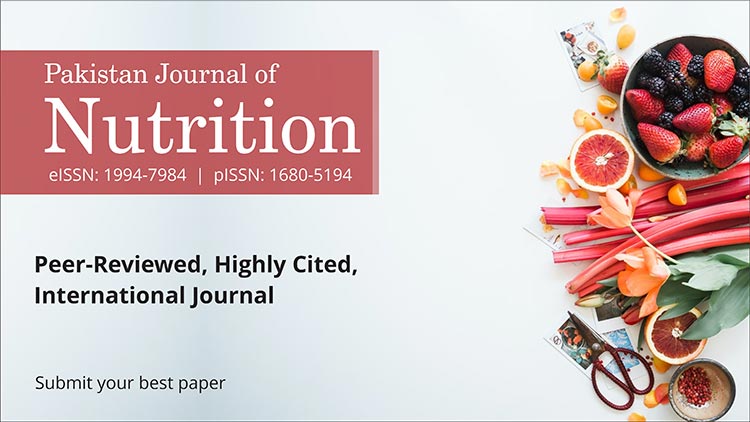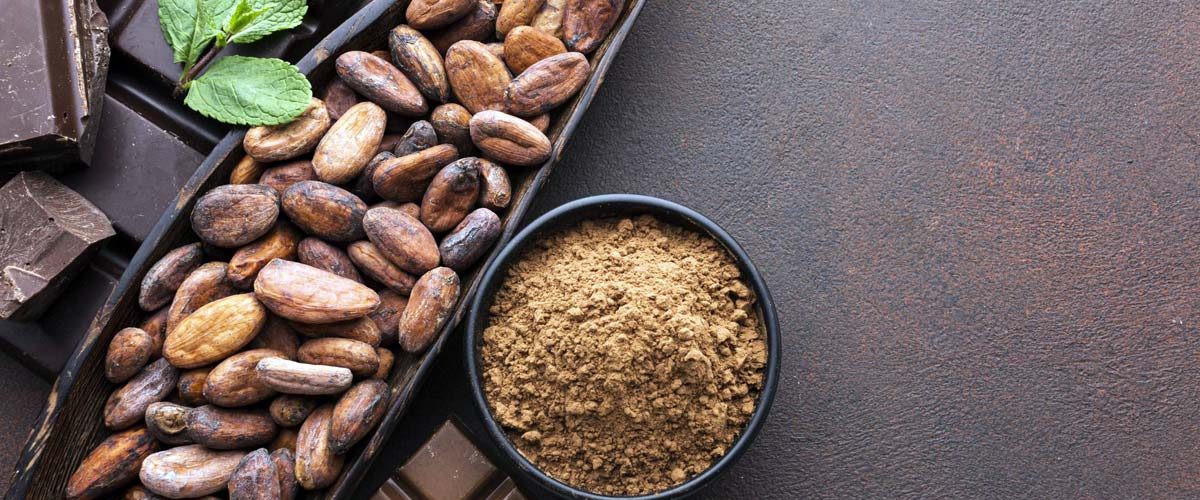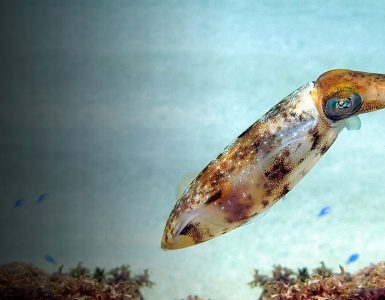‘Cocoa Pod Husk’ is a by-product of cocoa production attained after eliminating the beans from the fruit. About 50–70 % of the weight of the cocoa fruit is pod husk. Cocoa pod is occasionally not used but rather discarded near plantations, where it can have an adverse effect on the environment. Center for Agricultural Information System and Data (2013) informed that the largest component of cocoa is the cocoa pod that is approximately (74%) of total coca production. Cocoa pod is one of the types of plantation waste that can be used as an alternate feed material for ruminants. Low protein and high levels of lignin are the main hindrances for the use of this material as feed. The higher lignin content causes low cocoa pod digestibility the presence of lignin prevents the process of breaking down cell wall polysaccharides by rumen microbes. The use of cocoa pod as a feed ingredient requires a touch of bioconversion technology that can change the composition with the help of microbes.
Toha et al. (1998) claimed that Cocoa-pods contain crude protein and crude fiber contents of 6.17 and 35.83%, respectively. Sobamiwa and Longe (1994) studied that the magnitude of the change in the proportion of lignocellulose fraction from the coca pod is subjective to the variety of species of cocoa plants and several other agronomic factors, including the time harvesting and the characteristics of the soil where it grows. Manganese plays an important role in the process of lignin degradation. So there is a need to increase the availability of cellulose as an energy source for livestock by carrying out the process of cocoa pod fermentation with fungi.

Available literature indicated that high digestibility in the rumen decreases the digestion time of feed from the rumen to the small intestine. An increase in the digestibility of feed in the digestive system of especially in a rumen can upsurge feed consumption that ultimately enhance the body weight. A novel Research has been carried out by Yakin et al. (2020) in which they observed that cocoa pod fermented by Phanerochaete chrysosporium with the accumulation of 600 μg Mn2+ g–1 substrate can be used to substitute dietary composition for Javanese thin-tailed sheep. The researchers also observed certain benefits like the highest nutrient digestibility, highest nutrient consumption, the highest average daily gain and the most favorable feed conversion ratio.
















Add comment